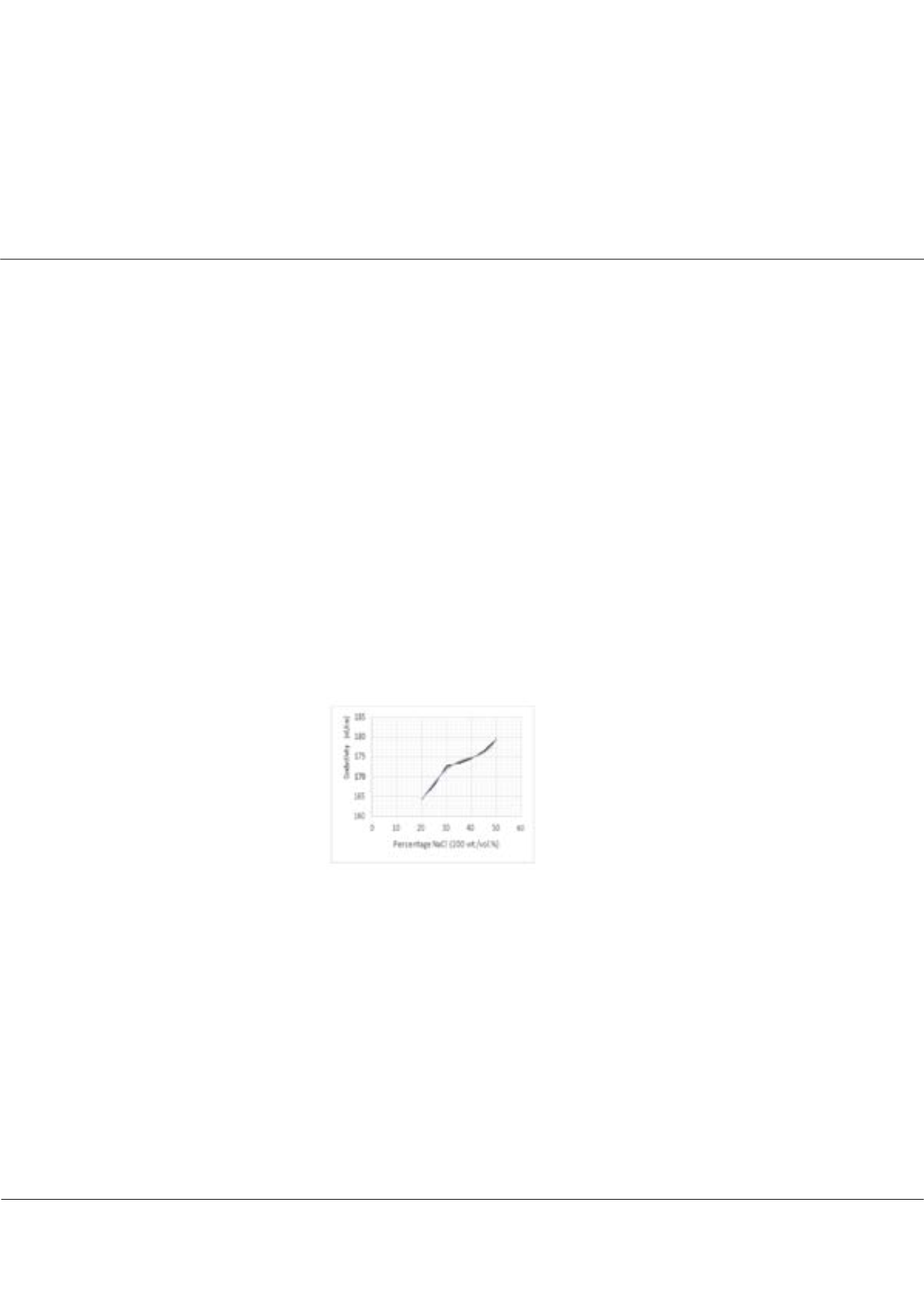

Page 92
conferenceseries
.com
Volume 7
Biosensors Journal
ISSN: 2090-4967
Electrochemistry 2018
June 11-12, 2018
June 11-12, 2018 | Rome, Italy
4
th
International Conference on
Electrochemistry
Experimental study of combined electrolytes for electrochemical deburring process
Meet Oza, Alay Patel, Harsh Thakkar, Satisha Prabhu, Abhishek Kumar
and
Vishvesh Badheka
Pandit Deendayal Petroleum University, India
Statement of the Problem:
Electrochemical deburring (ECD) appears to be very promising in the field of precision
manufacturing. High precision and machining rates of this micro-machining technique has led to a wide variety of industrial
applications, especially in mass production cycles. The study in this paper focuses on the application of combination of different
electrolytes and control over the variation of its composition during ECD operations. In this study, various combinations of
sodium chloride and sodium nitrate solutions are used as electrolytes and the performance of ECD has been evaluated.
Methodology & Theoretical Orientation:
Testing solutions, with various percentage combinations were prepared in
laboratory for various combinations of electrolytes, sodium chloride and sodium nitrate, with individual concentrations
providing maximummachining rates. Conductivity was measured for each sample and recorded. Standard conductivity versus
composition charts and equations were prepared corresponding to the measurements. Experimental trials were conducted on
the available setup. The material removal rates and current densities were calculated and compared.
Conclusion & Significance:
The measured values of conductivity for these combinations show a growth with respective
increment in sodium chloride proportions. The interpolation models obtained from the plots can be utilized in industrial ECD
operations to control and manipulate concentration of electrolytes. The MRR and current densities also are proportionate
to the percentage of sodium chloride in the solution. Hence, it can be concluded that the effect of sodium chloride in the
combination is more dominant. At the same time more stray cuts are observed with higher NaCl values.
Recent Publications:
1. Uwe Heisel and Michael Schaal (2008) Burr formation in intersecting holes. Production Engineering 2(1):55-62.
2. K P Rajurkar, D Zhu, J AMcGeough, J Kozak and ADe Silva (1999) New developments in electro-chemical machining.
CIRP Annals 48(2):567-579.
3. Washburn E W (1918) The equivalent conductance of electrolytes in dilute aqueous solution. IV. J. Am. Chem. Soc.
40(1):150-158.
4. S K Sorkhel and B Bhattacharyya (1994) Parametric control for optimal quality of the workpiece surface in ECM.
Journal of Materials Processing Technology 40(3-4):271-286.
Biography
Meet Oza is pursuing his graduation in Mechanical Engineering from Pandit Deendayal Petroleum University, Gandhinagar, Gujarat, India. He had participated in
an industrial innovation competition organized by Larsen & Toubro (L&T) Technological Services, in which he secured a position in top 20 participants out of 7000,
at the national level.
meetoza524@gmail.comMeet Oza et al., Biosens J 2018, Volume 7
DOI: 10.4172/2090-4967-C1-002
Figure 1:
Variation of conductivity with percentage NaCl.
















